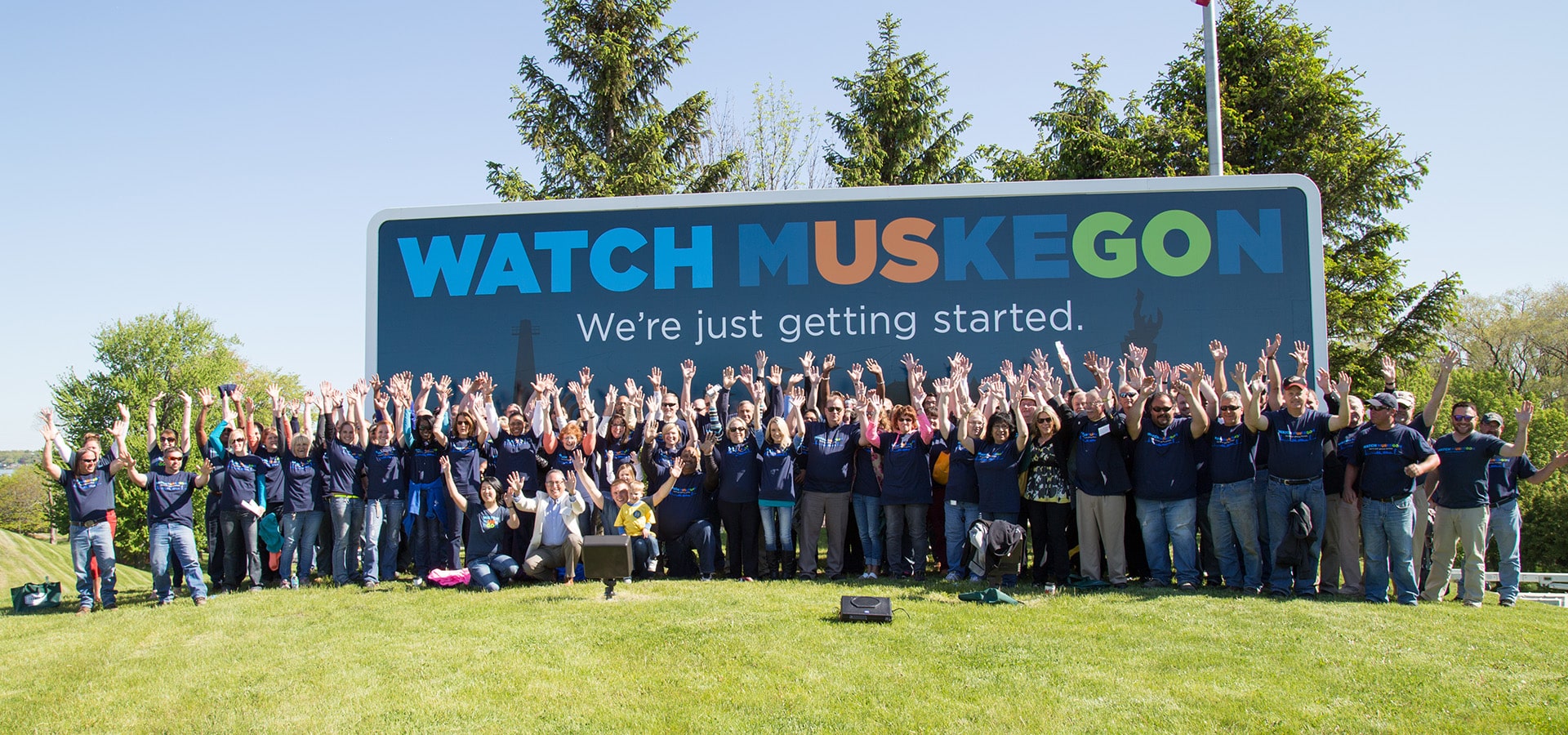Everybody’s a little different. Therefore, you can’t talk to each person the same way. Well, you could, but you won’t get the results you want. If your goal is to have the best possible communication with your team, you need to take a step back and study how people best absorb messages.
It’s ok that we’re all different. We wouldn’t want it any other way. These differences of opinion, fresh ideas, varying viewpoints, unique experiences, and diverse backgrounds all contribute to the rich and wonderful world in which we live. If everyone were the same, what would we have to talk about?
But before we talk about the different ways we speak with one another, let’s start by discussing plain ol’ communication in general.
The biggest roadblock to effective communication is the belief that what is important to you is just as important to someone else. Everyone around you has his or her own deadlines and responsibilities, just as you do. The best communicators all do one thing – LISTEN! After all, no one will want to hear what you have to say if they just think you’re waiting for your turn to talk. Take the time to acknowledge what is being said and even repeat it back in your own words. It will increase your understanding as well as reassure the other party you’re present in the conversation.
If you’re looking to get more out of your communication time, the most efficient question that you could possibly ask is “Why?” When you ask why, the person you’re speaking with tends to offer up more precise details than they had before, giving you a broader understanding of their needs. This saves you from having to go back and get more information later or restarting a project because you didn’t truly understand it to begin with. “Why” is a terrific word that opens the door to more specific, resonating, and effective results.
Truth be told, successful communication is incredibly complex. Think about it: Would you speak to your buddies the way you speak to your boss? Your grandma? The guy or gal changing your oil? Communication isn’t just about what we say to one another; it’s about how we say it, and more importantly, it’s about what other people perceive our meaning to be.
If communication is so tough, how can we ever hope to do it right?
It’s not as daunting as it sounds. This is where that whole “style” thing comes into play. We each have our own way we prefer to communicate and be communicated with. There are examples of this all around your workplace. Certain people prefer email, certain people prefer phone calls, and some people you have to annoy at their desk. Finding the right strategy for the right person is the key to effective communication.
Individual communication styles can sometimes be a tough ocean to navigate, especially in the workplace. Many situations require constant communication between co-workers to get the job done. These are the times when it’s extremely important to convey information in a meaningful way that’s both well received and fully understood. Because of our inherent differences, there’s no “one size fits all” method of communication that works for everyone in an organization.
People inherently respond in different ways to different communication tactics. For example: the younger sports fan in your office might respond better to direct and no-holds-barred, coach-like speak, while the older, artistic employee might prefer a quiet one-on-one discussion. Each tactic is correct when utilized at the right time. The trick is finding when and where to use these certain strategies.
You’re likely familiar with the host of ways companies and consulting firms categorize personalities. Some assign numbers or colors that correspond to qualities, others assign titles like “the socializer” or “the director,” and still others simply define varying degrees of passivity and aggression.
While all of these are fairly accurate measurements for individuals, having a sense of these different personality and communication styles is only scratching the surface. Being able to adjust your own approach to meet them is the key.
There are essentially two ways to achieve this kind of “adjustment,” and you’ll likely have to combine both for the most effective workplace communication.
On one hand, you can try to analyze your coworkers – or, if you’ve had some kind of consultant or survey do the work for you, you just need to review the results! Armed with the knowledge of your coworkers’ unique preferences and styles, you can do your best to cater any communication with them to those styles.
On the other hand, there are some standard approaches to communicating with coworkers that transcend styles and types – namely kindness, patience, clarity, being receptive to feedback, good listening, and appreciation of input.
Even without knowing another person’s preferred communication style, it’s possible to make some general assumptions simply from inferences based on body language, tone of voice, and reaction to what you have to say. Some people get nervous if you make too much eye contact, others won’t pay attention unless you make solid eye contact. Some people are resistant to direct, terse instruction, others welcome the structure and leadership of others. Getting to know these quirks just takes time and interaction.
This can be tough terrain to navigate and will probably take some trial and error in your particular organization, with your unique set of coworkers. Perhaps the best approach to start out with is multiplicity, or in other words, crafting multiple versions of your messages to make sure the same information can appeal to the widest possible audience.
If you need to get a message across to the entire team, be prepared to rehash it in a few different ways to maximize reception. Just like marketers, you can “test” how each approach is received and gain some understanding about how each “target market” – in this case, your coworkers – responds to a certain kind of communication.
In any work environment, sharing information is crucial to collaboration and overall organizational success. Putting in the effort to really get to know the people you work with and developing the skills to communicate in different ways to meet their needs will help bring the whole crew together. It will make company goals more widely understood. It will help create a rich pool of ideas for the organization, where everyone can communicate with one another effectively. Above all, it will break down the barriers that prevent people from working together at their best.
Better communication always equals better business and we can help you get there.









